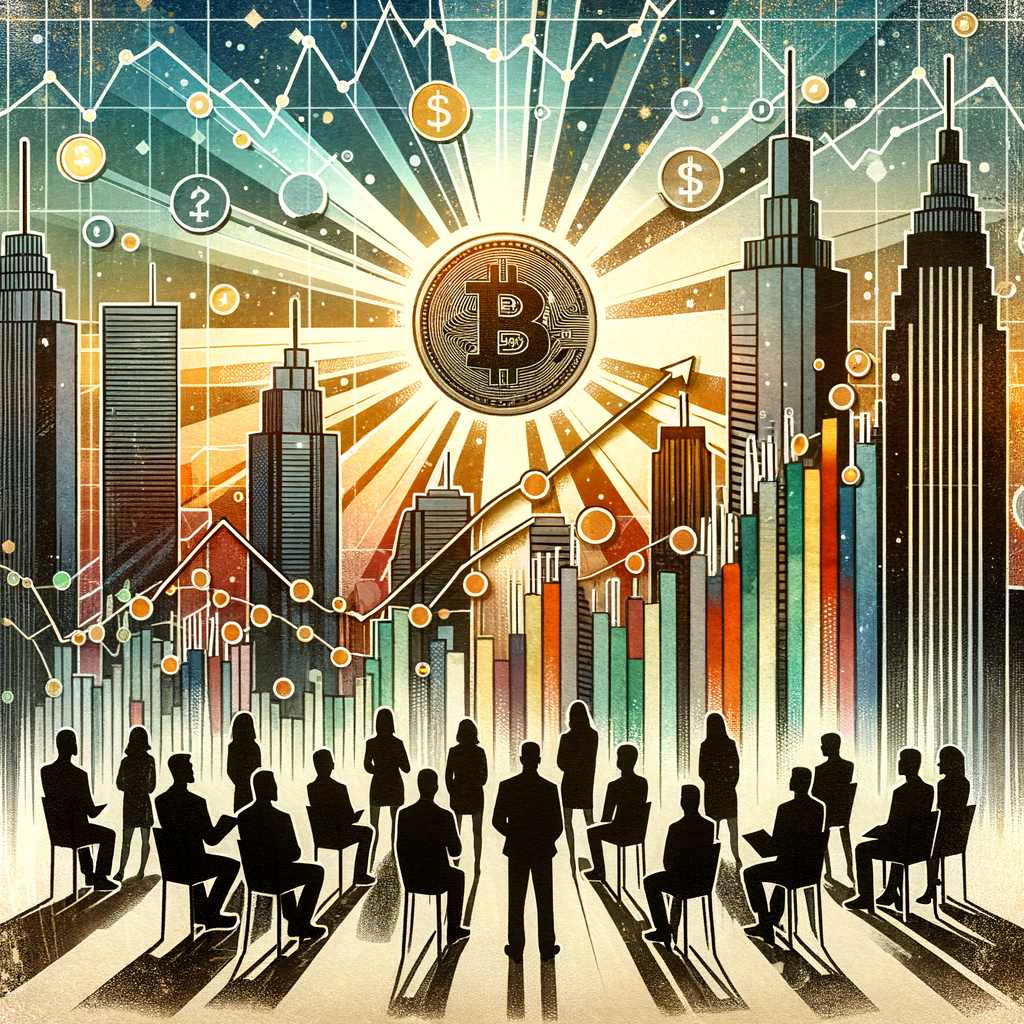Stablecoins: A Revolution in Waiting or a Hyped Mirage?
As the U.S. Senate ushers through groundbreaking legislation aimed at legitimizing stablecoin issuance, visions of a transformed financial landscape dominate discussions within the crypto community. Proponents of the bill argue that it paves the way for a surge in stablecoin adoption, promising to revolutionize everything from retail to banking by enabling instant blockchain payments across the U.S. economy.
The Promise of Stablecoins
Enthusiasts predict a future where hundreds, if not thousands, of stablecoins compete in the market, potentially diminishing the stronghold of established players like Tether (USDT) and Circle (USDC). This optimism is fueled by the belief that the green light from the federal government will catalyze a wave of innovation and adoption.
Crypto leaders are not just forecasting an increase in numbers but a broadened scope of application. From giant retail corporations to major banks, the potential use cases for stablecoins seem boundless. Advocates argue that banks could leverage these digital assets to settle cross-border payments swiftly, while retailers might use them to sidestep hefty transaction fees.
Skepticism from Analysts
However, not everyone is aboard the hype train. Analysts at Moody’s, a leading credit rating agency, suggest that the excitement surrounding stablecoins might be overstated. Cristiano Ventricelli, a senior analyst at Moody’s with a focus on digital assets, expressed skepticism about the imminent widespread adoption of stablecoins.
“I don’t think there will be a tremendous flow of new issuers,” Ventricelli remarked in a discussion with Decrypt. He highlighted the distinction between the ability to issue stablecoins and the capability to sustain them as a viable business model.
Challenges Ahead
The envisioned rush by big banks and major retailers to create their own stablecoins faces significant hurdles. For banks, the process of creating a new dollar-pegged currency backed by audited fiat reserves is not only time-consuming but also expensive. Alternatives like tokenized bank deposits, which have been implemented by J.P. Morgan and are being explored by other major banks like HSBC and Deutsche Bank, could serve similar purposes without the need to venture into stablecoin issuance.
“Do you really need a stablecoin to do that?” Ventricelli posed, questioning the necessity of a new stablecoin for efficient payment transfers when other solutions exist.
The retail sector presents even more complexities. The idea of major retailers like Amazon and Walmart launching their own stablecoins could lead to a fragmented market where consumers juggle multiple tokens for different purchasing needs. Each token could end up acting more like a voucher within a closed system rather than a true currency.
“If you want to exchange one asset for another, you need a deep market,” explained Ventricelli. Without robust liquidity pools for each stablecoin, consumers might find themselves constantly converting between stablecoins and fiat, complicating rather than simplifying transactions.
Media vs. Reality
The narrative in the media often leans towards a future densely populated with stablecoins, each seamlessly integrated into daily transactions. However, the reality might be more subdued. “The fact that it’s now possible to do something doesn’t necessarily mean everyone will rush to do it,” Ventricelli cautioned, hinting at a more measured approach to stablecoin adoption.
As the U.S. edges closer to potentially historic stablecoin legislation, the global financial landscape watches and waits. Will this be the dawn of a new monetary era or a speculative bubble that fails to meet its lofty expectations? Only time will tell, but for now, the debate between potential and practicality continues to rage within the crypto space.
For more insights into the evolving world of cryptocurrency and blockchain, explore our extensive coverage on blockchain recruitment and the latest trends in the industry.



